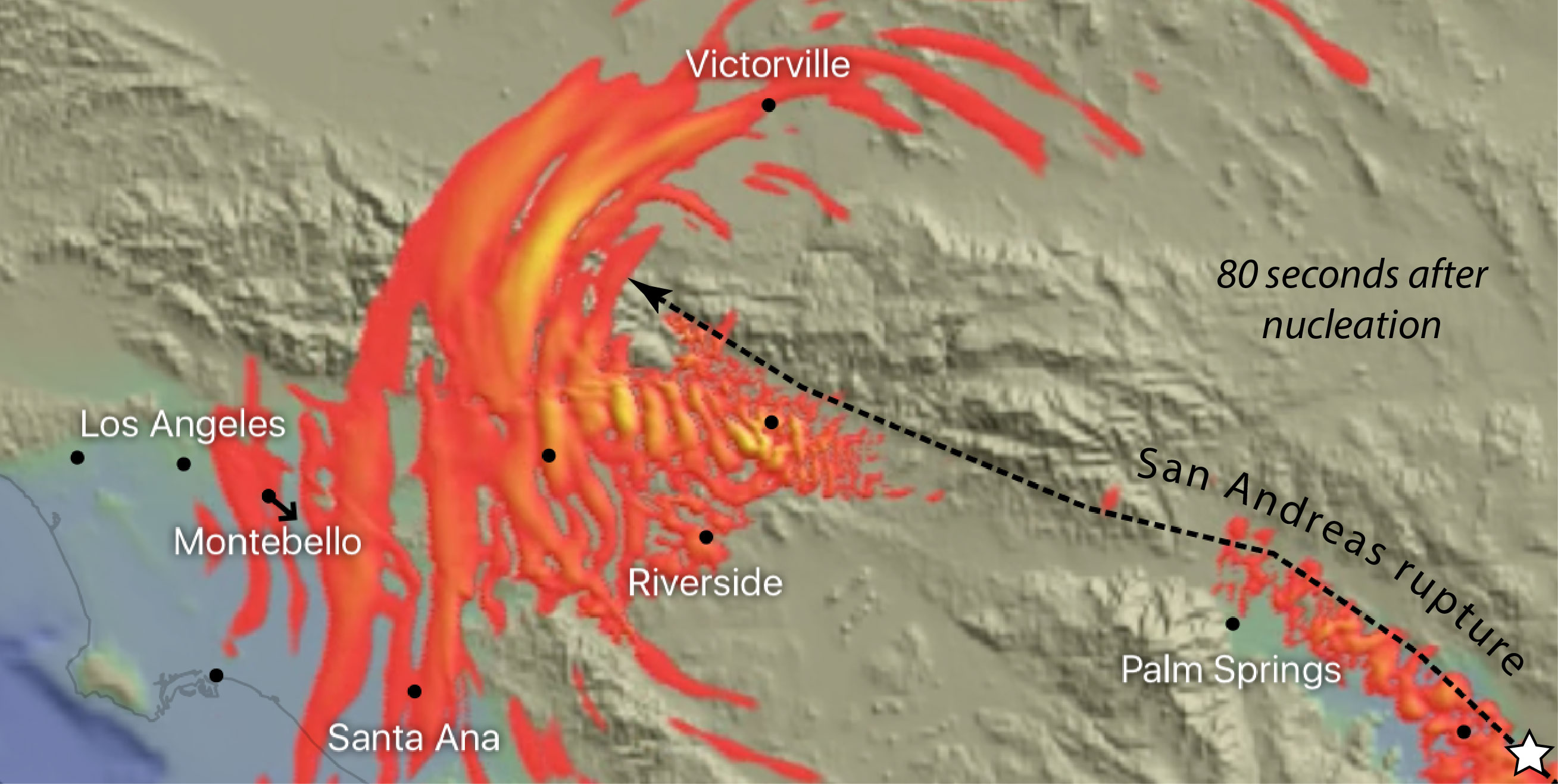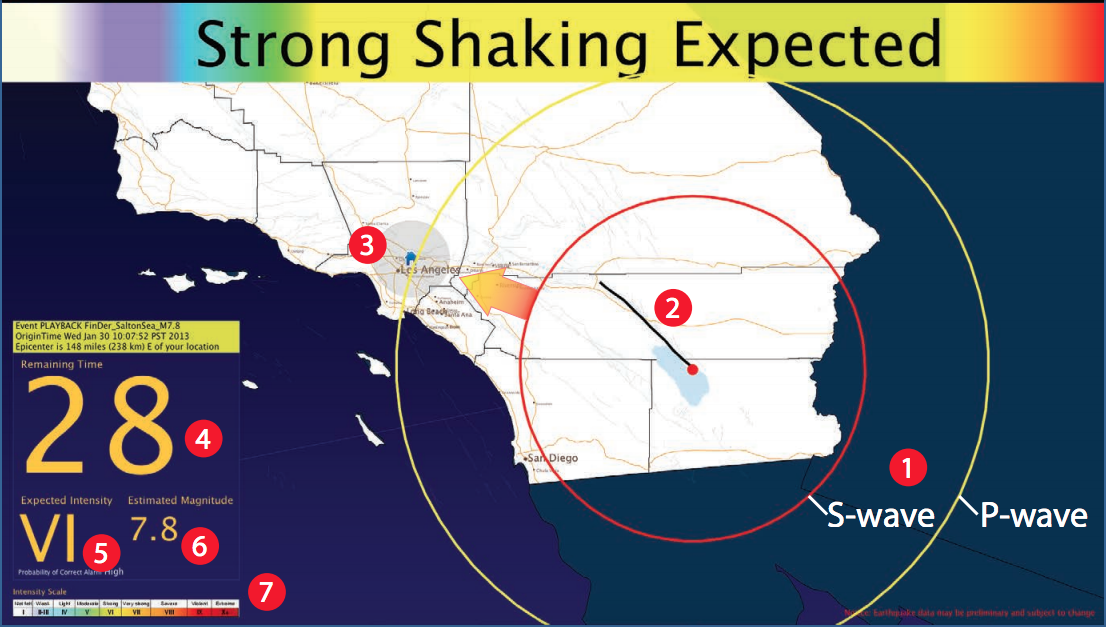By David Jacobson, Temblor
Click here to protect yourself from natural disasters

On Wednesday, we wrote about a new study in which some of the realities regarding the future of earthquake early warning. Now, earthquake early warning is back in the news as the $1.3 trillion spending bill passed yesterday brings back funding to the U.S. earthquake early warning system, ShakeAlert, originally cut by the Trump administration. While President Trump initially threatened to veto the bill, according to CNN, he will sign it. Therefore, this will likely be seen as a win for the USGS, who has already seen its budget cut significantly.

Under the terms of the bill, ShakeAlert would receive $22.7 million this year, a $2.7 million increase over last year, as well as a one-time $10 million sum to help cover the costs associated with rolling out the system. Much of this money would be used to expand the number of sensors required to make the system operational. The proposed $22.7 million budget for this year is also more that $12 million greater than what the Trump administration initially proposed.
The goal behind the ShakeAlert system is that public warnings of potentially damaging earthquakes will be able to be issued for the entire West Coast. These warnings could give people vital seconds to drop, cover, and hold on, prior to start of strong shaking. The program, which includes the USGS, along with a coalition of State and university partners is currently in its testing phase and hopes to have limited public rollout later this year. This limited rollout is slated to be in three schools in the Los Angeles Unified School District. However, lack of funding has repeatedly threatened the program, which will require approximately $38 million to build out, with an additional $16.1 million in annual operating and maintenance costs.
The main reason for the large cost still required to make the system operational is because of the number of sensors which still have to be installed. At this stage, there are only about half of the necessary 1,700 seismic stations. However, seeing a boost in funding this year should definitely expedite the process.
References
USGS
ShakeAlert
CNBC
CNN
- Beware quiet segments of the Philippine Fault - May 16, 2025
-
ډیری عوامل افغاني ټولنې د زلزلې پر وړاندې زیانمنوي
- August 11, 2022 - What’s happening this week in Humboldt County, California: The squeeze - February 6, 2019
